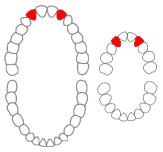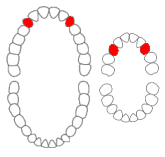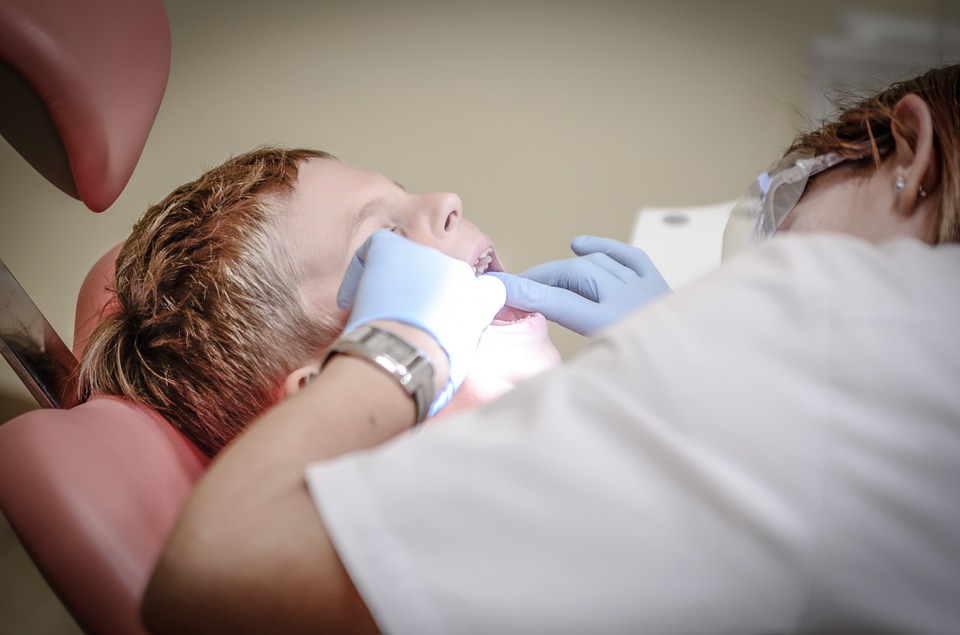Have you ever noticed those yellow stains leftover from the food you eat? The staining is likely plaque, which adheres to the surface of teeth, sticks between them, and can even collect beneath your gums. This can cause the gum tissue to pull away, creating extra space for more plaque to collect, leading to swollen gums and ultimately gingivitis.
Without fixed orthodontic appliances, plaque is still an issue, but if you do have braces, you’re more susceptible to buildup and have to work smarter to keep your teeth clean.
Who Gets It
A recent study was done to find who is more likely to end up with plaque, and what factors cause it. Researchers found that of 52 orthodontic patients in the study (30 females and 22 males of various ages) male subjects had more plaque than female subjects, and children had significantly more plaque than adults regardless of whether they were male or female.
The study noted that patients who were motivated only by their families to receive orthodontic treatment had more plaque accumulation than the patients who were “self motivated” or “self and family motivated.”
As the study continued, the researchers found that most plaque accumulated on the maxillary lateral incisors and maxillary canines, and mostly in the gingival area (near the gums) behind arch wires.

Maxillary laterals

Maxillary canines
How To Fight It
The path to cleaner teeth is fairly simple, and you’ve probably heard it before:
- Brush twice daily for 2 minutes with a brush that has the American Dental Association (ADA) seal of approval.
- Use toothpaste with fluoride.
- Floss and rinse daily.
- Don’t smoke and stay clear of sugary drinks and snacks (plague bugs use the sugar as a source of food to grow and replicate).
Patients with braces receive supplementary directions from the orthodontist, which includes notes on how to thread the floss underneath the wires and brush around the braces.
The Invisalign Option
If exploring orthodontists in your area, or considering the cost of braces for kids, you may want to compare braces with invisible aligners. There are definite benefits to choosing invisible aligners. Aligners make it easier to maintain healthy teeth and gums since you can remove the invisible aligners and brush and floss as you normally would. This decreases your chances of plaque build-up, gingivitis, and tooth decay.
Braces and Invisalign are both great options to align your teeth, and your orthodontist office can give you tips on how to clean your teeth regardless of your choice. If you’re looking for orthodontists in Pittsburgh, PA, and are interested in having a straighter and cleaner smile, make an appointment today!


